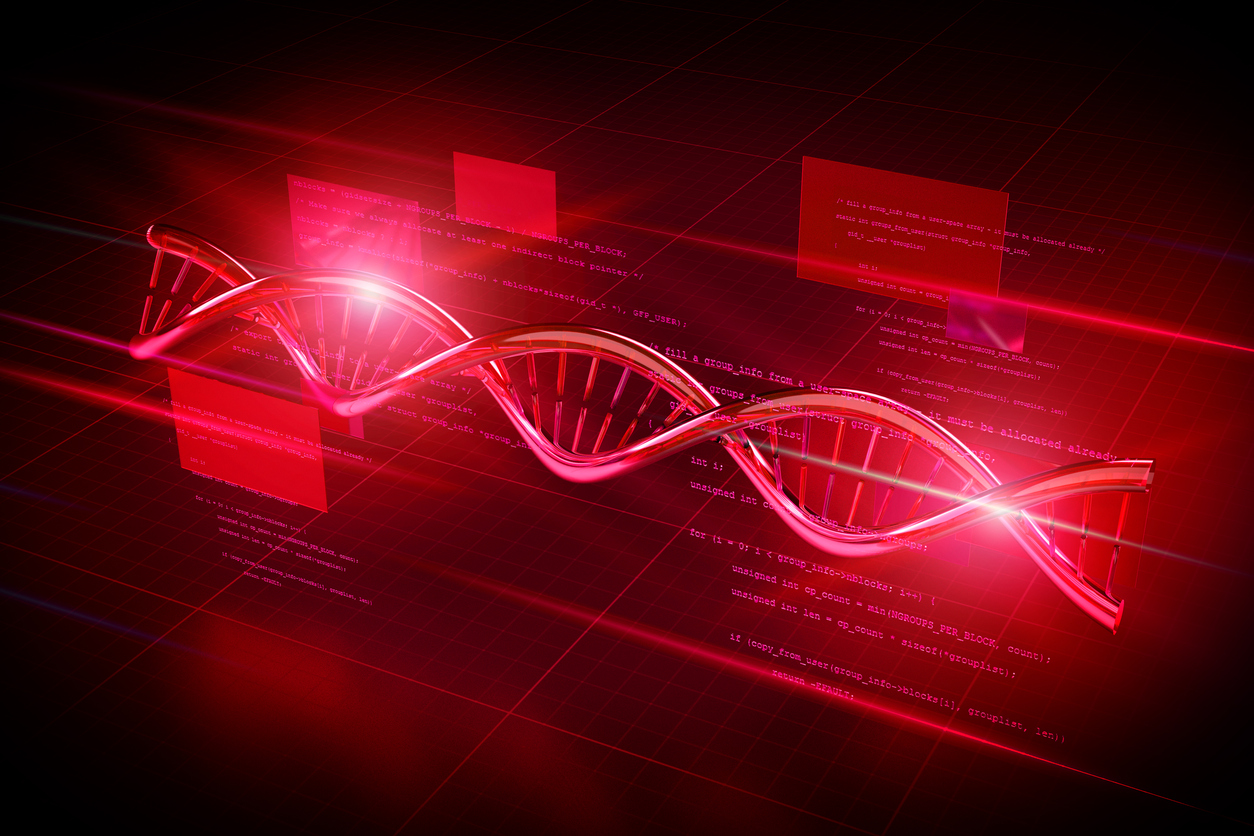In my last blog, I discussed the ways that a lot of forensic science in pop culture is taken on blind faith as being accurate. Fans of true crime will be familiar with a lot of different investigative methods, from polygraphs to handwriting analysis to ballistic fingerprinting and more. But not all forensic methods are created equal. Unreliable studies and inconsistent methodology plague many of the methods that people see as tried and true.
This begs the question – If there are so many forensic methods that are unreliable including some that are not admissible in court, e.g., polygraph, then what can we trust? The good news is that criminal investigations have come a long way in the past few decades and there are a few methods that are consistently reliable. Let’s take a look at two of the more reliable and common forensic methods: DNA analysis and fingerprinting, supported in findings by the President’s Council of Advisors on Science and Technology.
DNA Profiling
The use of DNA analysis in investigations has had an overwhelmingly positive effect on the landscape of criminal justice. It is almost unanimously regarded as the reliable gold standard of forensic evidence these days. According to the National Institute of Standards and Technology, “Rigorous scientific studies have shown that when the evidence contains DNA from only one or two people, DNA profiles are extremely reliable.” This means that when a viable DNA sample is found at the crime scene, analysts can say with confidence whether there is a match with samples collected from suspects or not.
Many cold cases have been solved due to the evolution of DNA science, and falsely convicted people continue to be proven innocent thanks to these advances. A lot of good has come from DNA profiling, and it is likely that this trend will continue. In recent years, DNA evidence has been combined with the study of genealogy to convict some of the most heinous killers of the past. However, it is important to note that DNA profiling, like all science, isn’t 100% accurate. If a sample contains the DNA of more than one or two people, all sorts of misinterpretations can be introduced. Human error or environmental changes can cause cross-contamination or damage to samples.
Fingerprinting
If you hear that a suspect’s fingerprints were found at a crime scene, or perhaps even on the murder weapon itself, it is easy to assume that such evidence to be conclusive. While fingerprinting has been found to be both valid and reliable, there are some things worth noting. The main issue that arises with fingerprint analysis is that it is a subjective method—meaning the comparisons of fingerprints is done by an analyst or group of analysts who compare them and determine whether they match or not. Computer algorithms are used only to generate a list of potential matches, but the final say lay in the hands of individual experts. This can introduce bias into the science.
There are several other issues with fingerprinting. In my previous blog I mentioned that there aren’t consistent standards between police departments when it comes to determining a match. Partial prints also make the evidence more likely to produce inaccurate matches. In addition, while it is widely accepted that no two people have the same fingerprints, this has never actually been proven! It would be logistically impossible to compare the fingerprints of every person on Earth. However, it’s still an important thing to be aware of: The idea that no two people share fingerprints is only a likely scientific theory, not a proven fact. Just another lesson in making sure you don’t take everything you hear at face value.
Context is Everything
Neither of these forensic methods on their own can be used to prove a suspect’s guilt. Even DNA, for all of its reliability, is only a piece of the overall case being investigated. In most cases, DNA and fingerprints can be used to link a suspect to the crime scene and add to existing evidence against a suspect. Without supporting evidence, it is very difficult to prove how DNA or fingerprints might have gotten to a crime scene—if a murder takes place in your home or a place you frequent, it makes sense that your DNA would be there even if you didn’t commit the crime. Some DNA samples can even “travel” with ease, such as fingernails, hair, or skin, putting you in a location where you’ve never actually been. Similarly, DNA or fingerprints don’t come with a timestamp that proves when a person was present in a location. Criminal cases don’t typically have a single piece of definitive evidence, but rather a lot of varying parts that come together to create a likely narrative for what might have happened.
Even the most reliable scientific methods need to be taken with a grain of salt. The entire context of a crime needs to be considered, because too much reliance on a single piece of evidence can easily lead to false convictions. The criminal justice system is complex and fraught with issues, but there is hope that with the improvement of forensic science will come a more reliable way to ensure accurate convictions and fair sentences.
